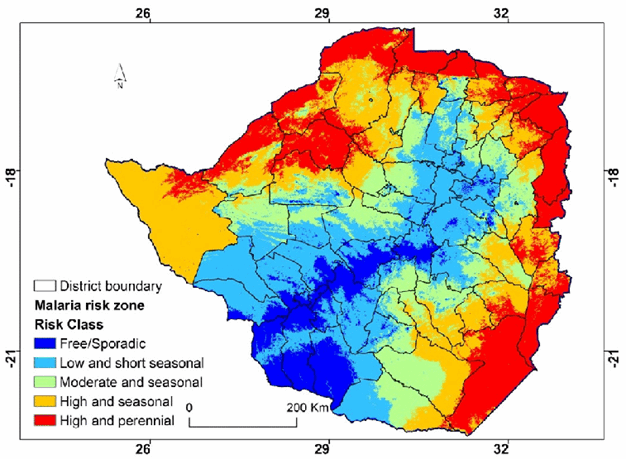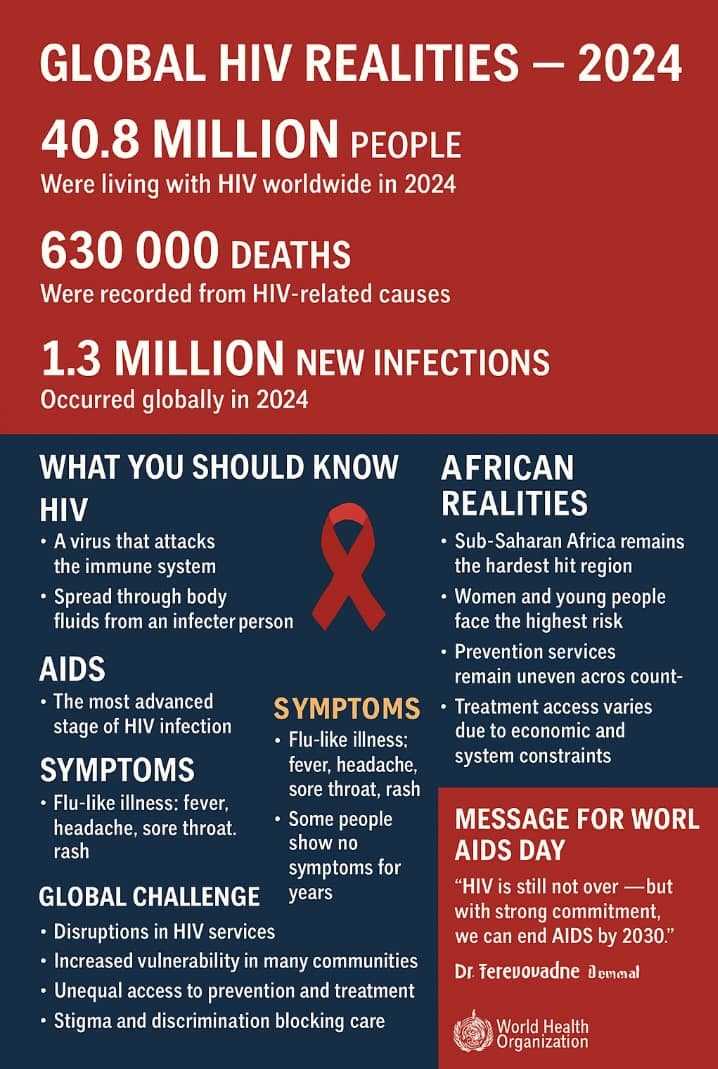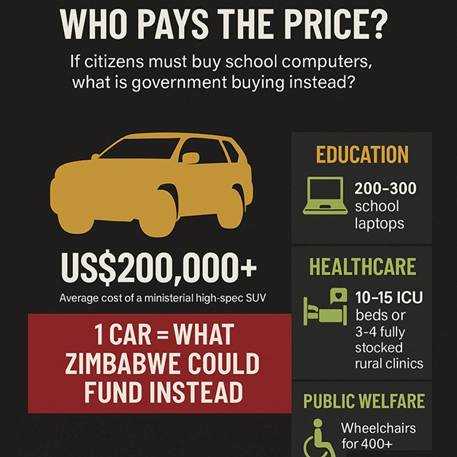Oscar J. Jeke
Zim Now Reporter
The global prevalence of diabetes has soared, with over 800 million adults now affected—a fourfold increase since 1990—according to a report released on World Diabetes Day. This alarming trend has intensified calls for urgent action to curb the escalation. World Health Organisation Director-General Dr. Tedros Ghebreyesus said there is need for nations to adopt policies promoting healthier diets, increased physical activity, and improved health systems for early detection and treatment.
“Diabetes cases have risen dramatically over the past three decades, largely driven by increased obesity, widespread marketing of unhealthy foods, limited physical activity, and economic hardships,” he said. The report, compiled by the NCD Risk Factor Collaboration with support from WHO, revealed that global adult diabetes prevalence doubled from 7 percent in 1990 to 14 percent in 2022.
Related Stories
Low- and middle-income countries have experienced particularly sharp increases, with healthcare systems struggling to meet the growing demand. In 2022, nearly 450 million adults over 30 with diabetes remained untreated, representing 59 percent of all adults with the condition. This reflects a 3.5-fold increase in untreated cases since 1990. T
he study also highlighted stark disparities: over 90 percent of untreated diabetes cases are in LMICs. In certain regions, including WHO’s South-East Asia and Eastern Mediterranean regions, diabetes prevalence among adults exceeds 20 percent, yet fewer than four in ten adults receive treatment. To address these gaps, WHO has launched a global diabetes monitoring framework to help countries track diabetes prevention and care.
This initiative aims to guide targeted interventions to improve access to essential medicines and resources. WHO’s Global Diabetes Compact, established in 2021, alongside a diabetes-focused resolution endorsed at the World Health Assembly the same year, aims to reduce diabetes risks and ensure affordable, quality care. In 2022, WHO introduced five global diabetes treatment targets for 2030, including achieving good glycaemic control in 80 percent of diagnosed cases.
The rising diabetes epidemic is expected to dominate discussions at the United Nations High-level Meeting on Non-Communicable Diseases in September 2025, where global leaders will strategize on prevention and control measures.



















Leave Comments